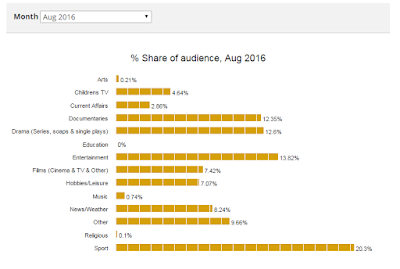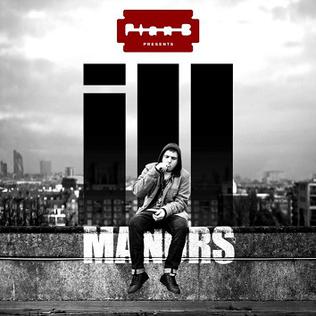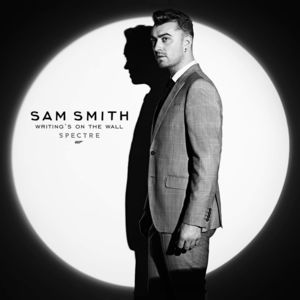Conventions: a sci-fi movie, set in space and based on realistic-based, scientific possibilities. This is established by the setting and theme of survival in space.
Film language: camera angles consist of mostly establishment shots of the landscape and close-ups, bringing in the environment and the characters to screen.
Structure: starts with an establishing shot of the planet Mars, and ends with a close-up of Matt Damon in a space shuttle, emphasizing the location and character as the main points in this story.
Advertising techniques: posters and billboards, especially early reviews that gave critical acclaim, helped set in tone a well received product that earned Oscar buzz. The tagline, "Help is only 140 million miles away" and "Bring him home" was also used during the promotional campaign. 20th Century Fox launched a viral marketing campaign for The Martian. On June 7, 2015, NASA astronaut Michael J. Massimino shared an in-universe video diary depicting Damon's character and the other crew members.
Audience: adults are the major demographic, especially those with interests in the science community and pre-existing franchises.
Effect: interests in sci-fi and science itself will draw in an audience with similar interests.
Legend
Film language: mostly close-ups and medium long shots establish a personal tone that fits the claustrophobic atmosphere and theme of the editing and changing events. Like one of the twins, it is fast to react and schizophrenic.
Structure: opens with a establishing tone in a fancy club of sorts, perhaps a speakeasy, then ends in a more personal tone focusing on the brothers relationship, with one of the brothers standing with a bouquet of flowers as the last shot.
Advertising techniques: On 13 June 2014, the first image of the film was published, featuring Hardy as the Kray twins. A promotional poster attracted publicity because it made a two-star review from The Guardian appear to be a four- or five-star review by placing the two stars between the heads of the Krays.
Audience: predominately British due to the story surrounding the Kray's being mainstream criminals who were caught in the public eye. Mostly young adults and perhaps seniors and middle-aged individuals familiar with the tales of the Kray's adventures. Those with an interest in crime-drama movies will also be attracted, particularly those with an interest in biographical movies.
Effect: the trailer does attract me due to Tom Hardy starring in the lead role, as he is an excellent actor. Plus the history surrounding the activities of the Krays intrigue me.
Eye In The Sky
Conventions: action drama, thriller with military concepts involved. It details drone warfare and the consequences it has, both morally and geopolitically.
Film language: the pace of the shots and are slow in build until the action begins to come alive, then it has parts that are slowed down in order to add contextual details to the movie.
Structure: opens with a meeting in a conference-like movie with military and intelligence officials, and ends with a shot of the drone over-head of a desert-like terrain. Not much of the film or plot is exposed as the cuts are quick and fast-paced. It slows down for some bits in order to have contextual dialogue add to the story.
Advertising techniques: a very basic campaign consisting of promotional material such as posters and TV ads, as well as interviews with the cast and directors plus producers.
Audience: adult demographic, perhaps middle-aged and appeals to those with an interest in warfare and the aspect of drone warfare, as well as current political and foreign affairs.
Effect: somewhat interested in the premise and background. The actors are well know and acclaimed drawing intrigue and critical impression.
Top 20 Films in the UK & Republic of Ireland, 2015
- Star Wars: The Force Awakens - sic-fi, space opera, appealing to fans of both the genre and the ski-fi. Personally would watch being a fan myself, plus the movie would bring in old fans as well as disenfranchised ones after the prequel trilogy. Demographic would consist of children (produced under Disney), teens and young adults, as well as older fans of the franchise.
- SPECTRE - spy thriller that has an already established franchise including a dedicated fanbase. Demographic would include adults and middle-aged men and women, possibly seniors who are fans of the James Bond character.
- Jurassic World - sci-fi adventure that again has an already established franchise behind its back, having to follow a trilogy of movies. Mostly appeals to the demographic of kids due to the synergy and marketing campaign it underwent, as well as fans of the franchise. Not very fond of the franchise thus not at all bothered with seeing it personally.
- The Avengers: Age of Ultron - Marvel's signature movie, an action-packed, superhero filled film that appeals mostly to children, teens and young adults. Have seen and approve of its quality.
- Minions - a spin-off animation of the well-received Despicable Me movies, it focuses on the yellow henchmen of the aforementioned movie's main character, and their origin. Based to appeal to kids. Personally not at all interested in the product.
The audience is the people who who watch and consume a media text, namely a movie. Different films will have a different set of audiences Not everyone will want to watch the same movie. Films can have a primary (main) audience, teens for example, and a secondary audience like older people. The primary audience is often referred to as the target audience. the secondary audience are not of the concern of the media producer, so long as he or she can make profits back from their main audience.
Some sci-fi movies are mainstream - they appeal to a very wide range of people. Hollywood movies are often mainstream and appeal to a lot more people via funding. Some sic-fi movies would be niche - they appeal to only a small group of people, or certain demographic. Independent and low-budget movies may be niche. They are not under pressure to appeal to everyone, so they can be more unusual than take more risks.
Demographics is one way of dividing up an audience into the certain groups. each group is assumed to have similar ideas and interests. Marketers would use this data to target, advertise and promote. Demographics include:
- Gender
- Age
- Occupation
- Region/location
- Ethnicity
- Other key aspects
- Gender: Male
- Age: 17
- Occupation: Student
- Region/location: Sunderland, England
- Ethnicity: White British
- Traits: humor, charisma, friendly personality
- Hobbies/interests: reading, writing, politics
- Suitable for all (U)
- Parental Guidance (PG)
- Suitable for 12 years and over (12A/12)
- Suitable for 15 years and over (15)
- Suitable for adults only (18)
The BBFC adjusts its standards and criteria in response to any changes in public attitudes.
These standards are laid out in the BBFC’s Classification Guidelines which can be downloaded below. The Guidelines detail what is acceptable at each age category, from U to R18. They also set out the laws and principles which impact on the BBFC’s work.
There are two key principles, laid out in the Guidelines, under which we operate:
- to protect children and vulnerable adults from potentially harmful or otherwise unsuitable content
- to empower consumers, particularly parents and those with responsibility for children, to make informed viewing decisions.









